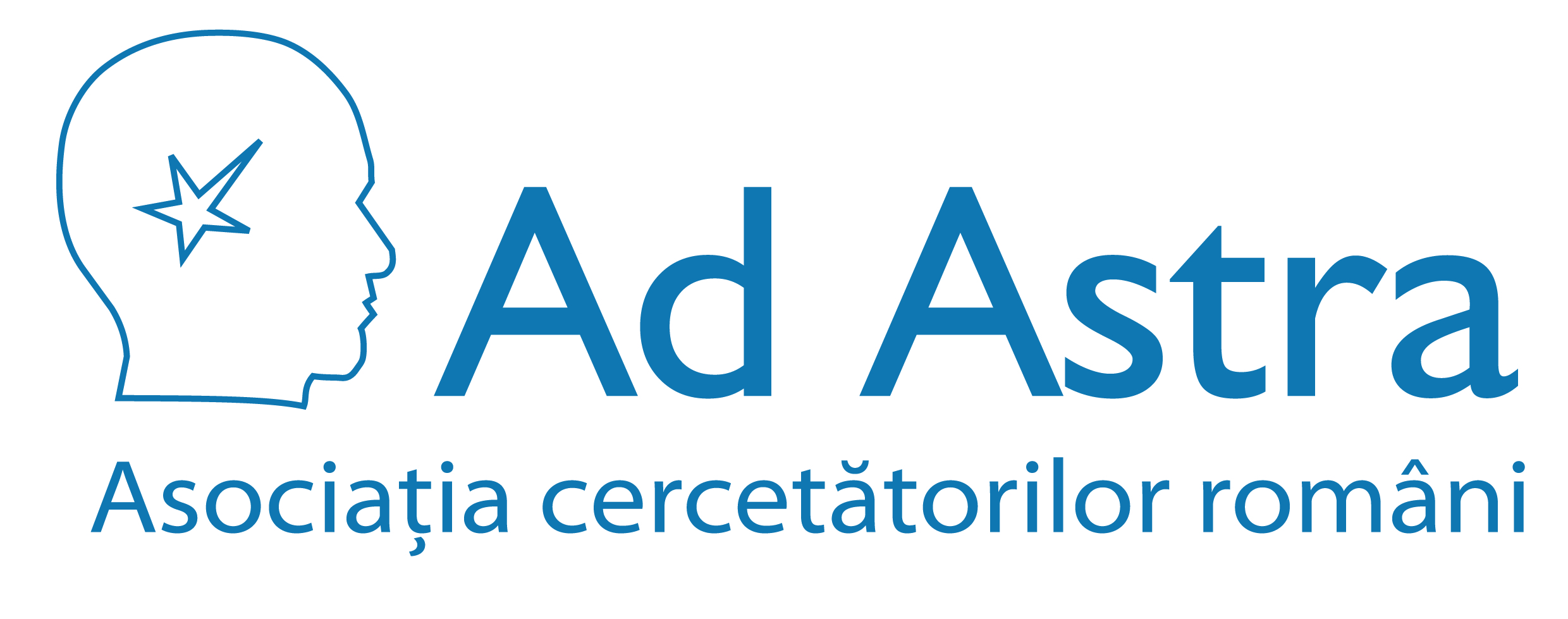Scopul nostru este sprijinirea şi promovarea cercetării ştiinţifice şi facilitarea comunicării între cercetătorii români din întreaga lume.
Staff Login
Effect of dealumination of iron(III)–exchanged Y zeolites on oxidation
Domenii publicaţii > Chimie + Tipuri publicaţii > Articol în revistã ştiinţificã
Autori: Neamtu M., Catrinescu C, Kettrup A
Editorial: Applied Catalysis B: Environmental, 51, p.149-157, 2004.
Rezumat:
This paper evaluates the catalytic effectiveness of three iron exchanged ultra-stable Y zeolites (USY) for the degradation of a reactive azo
dye, C.I. Reactive Yellow 84 (RY84) using hydrogen peroxide, as an oxidant, under very mild conditions (atmospheric pressure and t = 50C).
The catalysts were prepared by ion exchange, starting from a commercially available ultra-stable Y zeolite. All experiments were performed
on a laboratory scale set-up. Important variables such as effect of hydrogen peroxide concentration, the amount of catalyst, contact time and
temperature for the catalytic wet peroxide oxidation (CWHPO) of Reactive Yellow 84 over Fe-Y11.5 zeolite were examined.
The toxic potential of the dye’s degradation was investigated with the bioluminescence test using the LUMIStox 300 instrument and the
results were expressed as relative toxicity index. In addition, the oxidation end-products (organic and inorganic anions) were analyzed using
high performance ion chromatography (HPICE).
Best experimental conditions can be described as pH 5, t = 50C, a catalyst concentration of 1 g/l and 20 mmol/l H2O2. The results show that it is possible to remove 96.90% of color, 70.70% of COD and 34.52% of TOC using Fe-Y11.5 catalyst after the 60 min of oxidation at above-mentioned conditions. After the same reaction time and under the same conditions, using Fe-Y5 catalyst, 99.93% of color removal, more than 74.14% of COD and 64.21% of TOC removal were obtained. The catalysts allow almost total elimination of the dye and a significant
removal of COD and TOC without the significant leaching of Fe ions. Acetate, nitrate, formate, malonate, and oxalate were identified as main
oxidation products.
The most effective results were obtained using of the Fe-Y5 zeolite.
Cuvinte cheie: CWPO; Reactive Yellow 84; USY-zeolites

